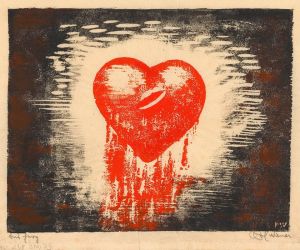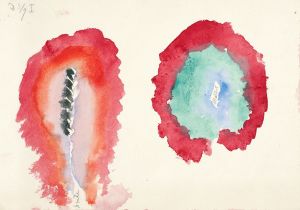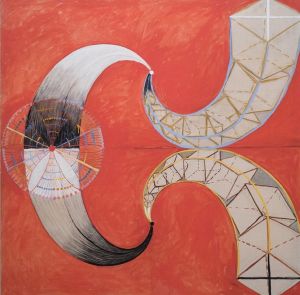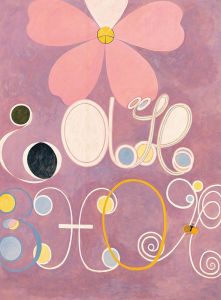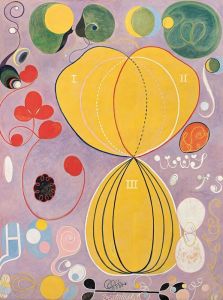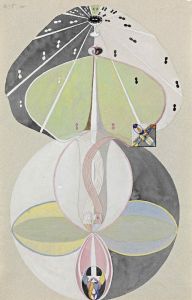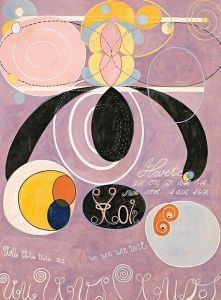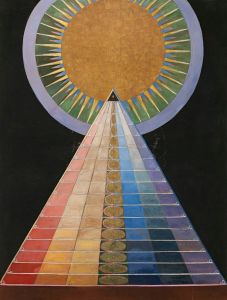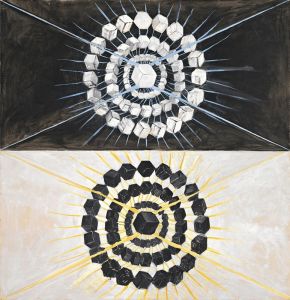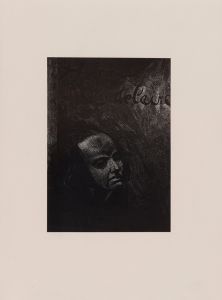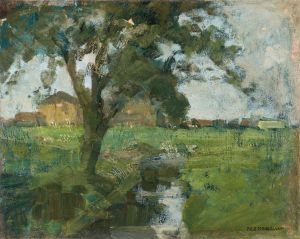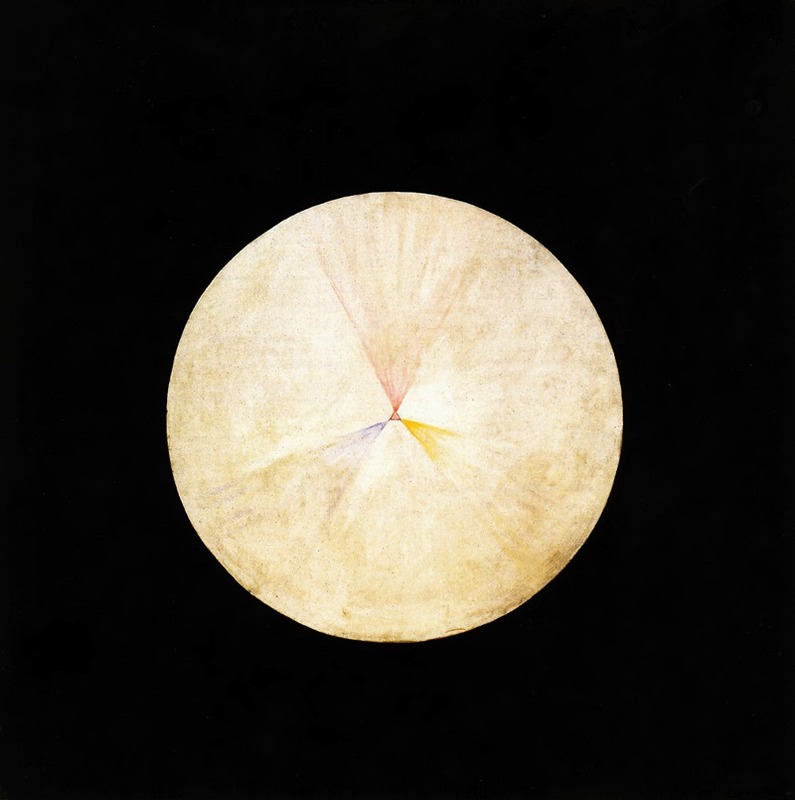
Series SUW, No 14 Swan
A hand-painted replica of Hilma af Klint’s masterpiece Series SUW, No 14 Swan, meticulously crafted by professional artists to capture the true essence of the original. Each piece is created with museum-quality canvas and rare mineral pigments, carefully painted by experienced artists with delicate brushstrokes and rich, layered colors to perfectly recreate the texture of the original artwork. Unlike machine-printed reproductions, this hand-painted version brings the painting to life, infused with the artist’s emotions and skill in every stroke. Whether for personal collection or home decoration, it instantly elevates the artistic atmosphere of any space.
Hilma af Klint's "Series SUW, No 14, Swan" is a notable work within the oeuvre of this pioneering Swedish artist, who is often recognized as one of the earliest abstract painters in Western art. Created in 1915, this painting is part of a larger series known as "The Swan," which itself is a component of af Klint's ambitious project, "The Paintings for the Temple." This series, along with others, was intended to convey complex spiritual ideas and philosophies through abstract forms and symbolism.
Hilma af Klint was deeply influenced by spiritualism, Theosophy, and later, Anthroposophy, which were popular movements in the late 19th and early 20th centuries. These philosophies sought to explore the spiritual dimensions of existence and often intersected with the arts. Af Klint's work is characterized by its use of symbolic language, geometric shapes, and vibrant colors, all of which are evident in "Series SUW, No 14, Swan."
The "Swan" series, consisting of several paintings, explores themes of duality and transformation. Swans, in various cultural and spiritual traditions, are often symbols of grace, beauty, and transformation, which aligns with the thematic concerns of af Klint's work. In "Series SUW, No 14, Swan," the artist employs a symmetrical composition, featuring abstract forms that suggest the wings and body of a swan. The use of contrasting colors and mirrored shapes may symbolize the dual nature of existence, a recurring theme in af Klint's work.
Af Klint's paintings were largely unknown to the public during her lifetime. She believed that the world was not ready to understand her work and stipulated that her paintings should not be shown until at least 20 years after her death. It wasn't until the late 20th century that her work began to receive significant attention, challenging the traditional narrative of the history of abstract art, which often credits male artists like Wassily Kandinsky, Kazimir Malevich, and Piet Mondrian as its pioneers.
The rediscovery of Hilma af Klint's work has prompted a reevaluation of the origins of abstract art, highlighting her as a visionary artist whose contributions were ahead of her time. Her paintings, including "Series SUW, No 14, Swan," are now celebrated for their innovative approach to abstraction and their exploration of spiritual and philosophical themes.
Af Klint's work has been the subject of numerous exhibitions and scholarly studies, which have contributed to a growing recognition of her role in the development of modern art. Her paintings are housed in various collections, and her legacy continues to inspire contemporary artists and audiences alike.
In summary, "Series SUW, No 14, Swan" is a significant work within Hilma af Klint's artistic journey, reflecting her unique approach to abstraction and her deep engagement with spiritual and philosophical ideas. Her contributions to the art world have reshaped the understanding of abstract art's history, positioning her as a key figure in its development.





